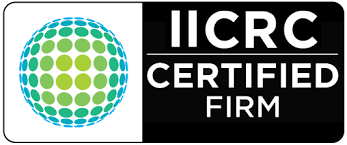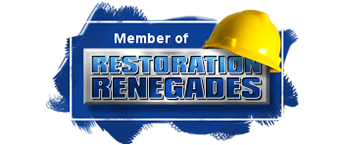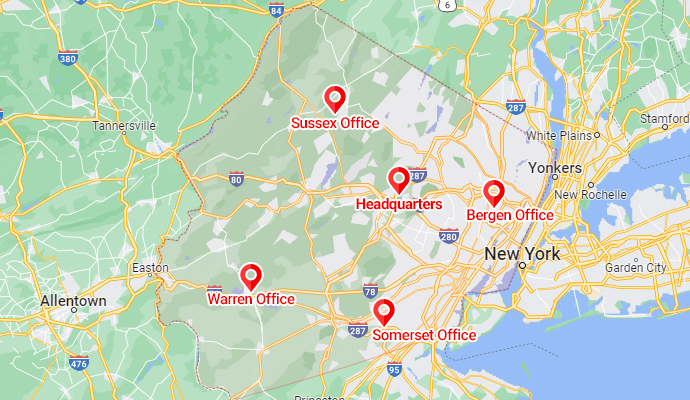The Long-Term Effects of Water Damage on Your Home’s Structure
Water damage is not only an immediate inconvenience but also a long-term threat to the structural integrity of your home. Persistent issues with wet, damp, or humid environments can lead to significant and costly damage over time. Understanding these long-term effects can help homeowners take proactive steps to protect their property.

1. Wood Rot and Structural Weakening
Effect: Prolonged exposure to moisture can cause wood to rot, compromising the structural framework of your home. This is especially problematic in areas like basements, bathrooms, and around sinks where water exposure is common.
Impact: As wood absorbs water, it becomes a breeding ground for fungi that cause rot. This decay weakens the wood, leading to structural instability and potential collapse of walls, floors, and ceilings. Over time, the integrity of the entire building can be at risk.
2. Mold and Mildew Growth
Effect: Wet and damp conditions create an ideal environment for mold and mildew to thrive. High humidity levels and consistent moisture in areas like bathrooms and kitchens accelerate this growth.
Impact: Mold not only affects the appearance of your home but also poses serious health risks, including respiratory issues and allergic reactions. Mold spores can spread throughout the house, affecting indoor air quality and causing long-term health problems.
3. Foundation Damage
Effect: Water can seep into the foundation through cracks, especially during heavy rains or flooding. This constant exposure to moisture can lead to significant damage over time.
Impact: Foundation damage can manifest as cracks, shifts, and even complete foundation failure. This compromises the entire structure of the home, leading to uneven floors, cracked walls, and misaligned doors and windows.
4. Electrical System Hazards
Effect: Water and electricity are a dangerous combination. Moisture can infiltrate electrical systems, including wiring, outlets, and appliances.
Impact: This can lead to short circuits, electrical fires, and the risk of electrocution. Over time, the corrosion of electrical components can cause failures and increase the risk of hazardous situations.
5. Corrosion of Metal Components
Effect: Prolonged exposure to moisture causes metal components, such as pipes, fasteners, and structural supports, to corrode.
Impact: Corroded pipes can lead to leaks and bursts, further exacerbating water damage. Corrosion of structural supports compromises the integrity of the building, leading to potential structural failure.
6. Decreased Insulation Effectiveness
Effect: Water-damaged insulation loses its effectiveness. Moisture-laden insulation in walls and attics reduces thermal efficiency.
Impact: This leads to higher energy bills as your heating and cooling systems work harder to maintain a comfortable temperature. Over time, ineffective insulation can also contribute to mold growth and further structural damage.
7. Damage to Finishes and Furnishings
Effect: Persistent moisture affects finishes such as paint, wallpaper, and flooring. Bathrooms, kitchens, and areas around sinks are particularly vulnerable.
Impact: Paint and wallpaper may peel, and wooden floors can warp or buckle. Over time, these cosmetic damages can require costly repairs and replacements, diminishing the aesthetic and financial value of your home.
Mitigation Strategies
- Regular Maintenance: Inspect your home regularly for signs of water damage. Pay special attention to areas around sinks, toilets, and bathrooms where moisture is prevalent. Fix leaks promptly to prevent long-term damage.
- Improve Ventilation: Ensure proper ventilation in high-humidity areas like bathrooms and kitchens. Use exhaust fans to reduce moisture levels and prevent mold growth.
- Waterproofing: Apply waterproofing measures to your basement and foundation. This can help prevent water seepage and protect your home’s structural integrity.
- Use Dehumidifiers: In areas prone to high humidity, such as basements, use dehumidifiers to maintain a dry environment. This helps in reducing the risk of mold and mildew.
- Professional Inspections: Regularly schedule professional inspections to identify and address potential water damage issues before they become significant problems.
Conclusion
Water damage can have severe long-term effects on your home’s structure. By understanding these risks and taking proactive measures, you can protect your home from the detrimental impacts of water, moisture, and humidity. Regular maintenance, improved ventilation, and timely repairs are essential steps in preserving the structural integrity and safety of your home.
At PDQ Restoration, we take pride in offering expert water damage restoration services to homeowners in North Jersey. With numerous positive reviews on Google, we are highly regarded for our professionalism, efficiency, and dedication to customer satisfaction. Trust us to keep your home safe and structurally sound.

















